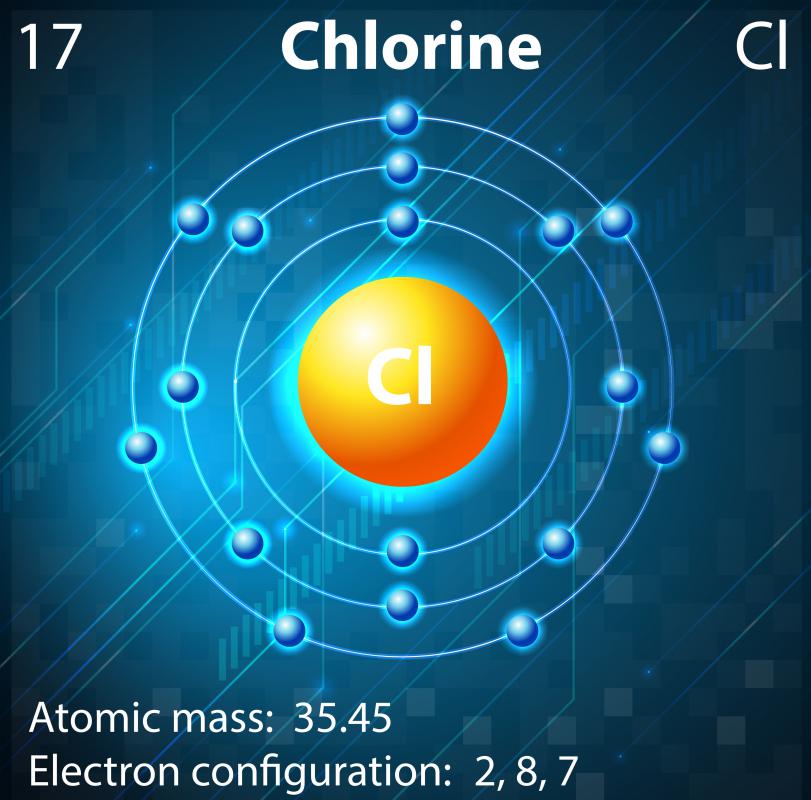At WiseGEEK, we're committed to delivering accurate, trustworthy information. Our expert-authored content is rigorously fact-checked and sourced from credible authorities. Discover how we uphold the highest standards in providing you with reliable knowledge.
What Is a Substitution Reaction?
A substitution reaction is a chemical reaction in which one constituent of an organic compound, a molecule of carbon and other elements, is replaced or substituted by a functional group from a second reactant. Functional groups, reactive subsets of organic compounds, replace hydrogen or other functional groups of lesser activity. A substitution reaction can add functionality or reactivity to alkanes, straight-chain hydrocarbons, and other compounds.
Alkanes, the simplest of the hydrocarbons, consist of straight, varying-length chains of carbon-carbon covalent bonds surrounded by hydrogen atoms. Covalent bonds between carbon atoms share the outermost electrons to form a stable configuration. Organic chemists substitute functional groups at desired points in the carbon backbone to build new molecules for use as end products or precursors to formulations of other useful compounds.

The substitution reaction of an alkane with a halogen, including chlorine, fluorine, or bromine, produces halogenated hydrocarbons, also called alkyl halides. Alkyl halides can continue to be modified to form multi-substituted compounds. Common examples include chlorofluorocarbons (CFCs), which were formerly used as refrigerant fluids. If the group being added is a hydroxyl group (—OH-) from either reactions in basic solutions or water, alcohols or haloalcohols will form.
The carbon-halogen bond is stronger than the covalent bond of the carbon-carbon bond. The halide pulls the electron pair toward itself, leaving the center carbon slightly positive. Substitution in this scenario is called nucleophillic substitution, as the nucleophile, nucleus-loving, negatively charged hydroxide group or additional halide atom approaches the alkyl halide from the opposite side from the first halide atom. The negative charge on the approaching group avoids the negative charge on the existing halide group.
A carbon normally bonds with four other atoms in a tetrahedron, a triangular pyramid shape. A right-left handedness to the molecule is possible if substituted by two different groups. The approach of the second nucleophile from a single direction causes the products to have the same three-dimensional configuration. The second nucleophile causes the tetrahedron to pop inside out as it bonds with the central carbon, much like an umbrella turns inside out in the wind. This is an SN2 substitution reaction: substitution by a nucleophile in a bimolecular reaction.
In an SN1 substitution reaction, the halide takes control of the electron pair for a brief moment. The now highly positively charged central carbon atom tries to separate its bonds as much as possible, forming a planar triangular shape instead of a tetrahedron. The second nucleophile may approach the carbon from either side, forming a racemic product mix, equal concentrations of the right and left-hand species of the compound.
SN1 and SN2 reactions compete with each other; SN2 reactions are more common. The strength of the nucleophile, the strength of the group that is displaced, and the ability of the solvent to support charged species are some of the factors that determine the reaction mechanism. Reaction conditions, especially temperature, will affect the outcome.
AS FEATURED ON:
AS FEATURED ON:











Discuss this Article
Post your comments